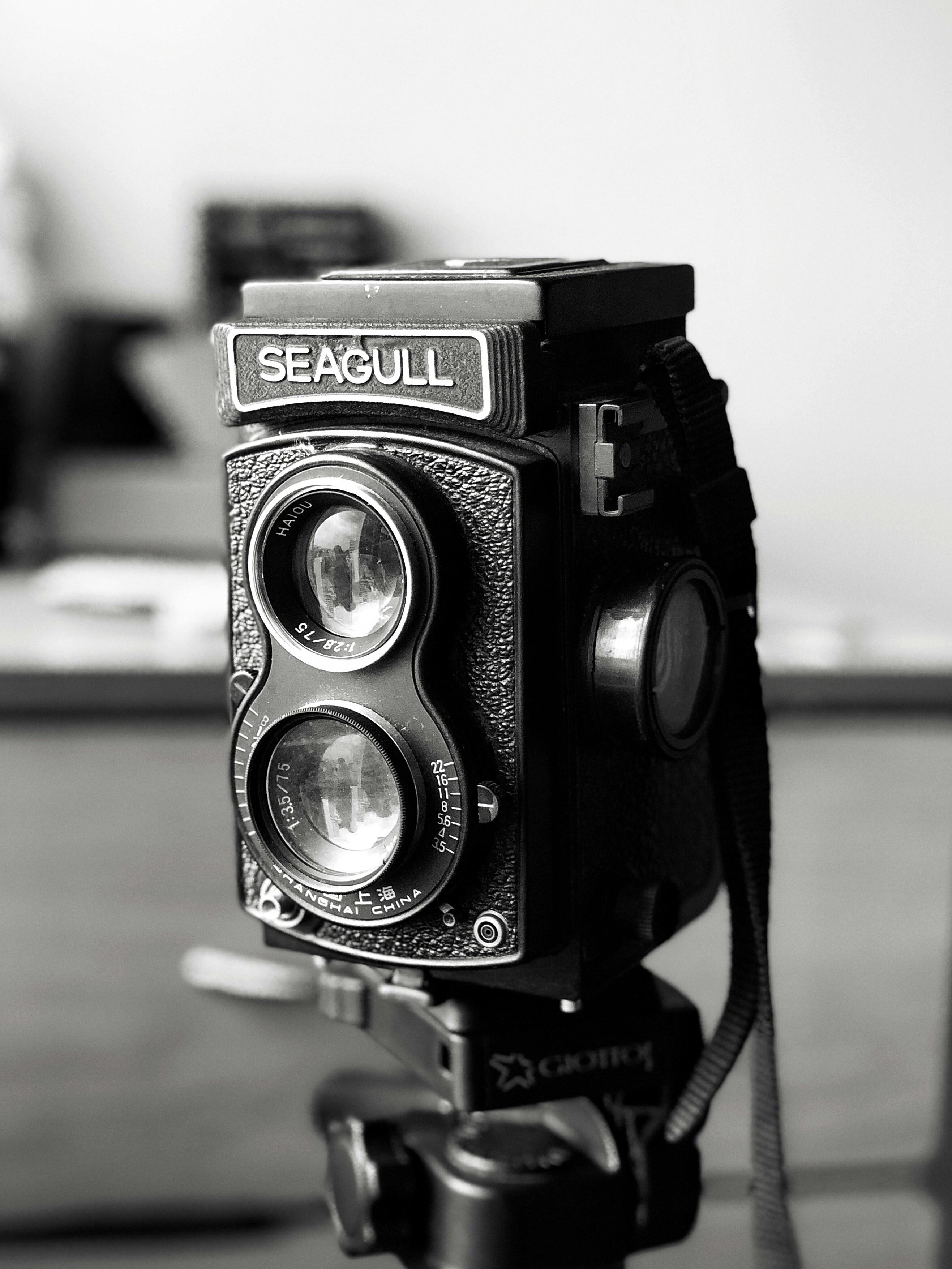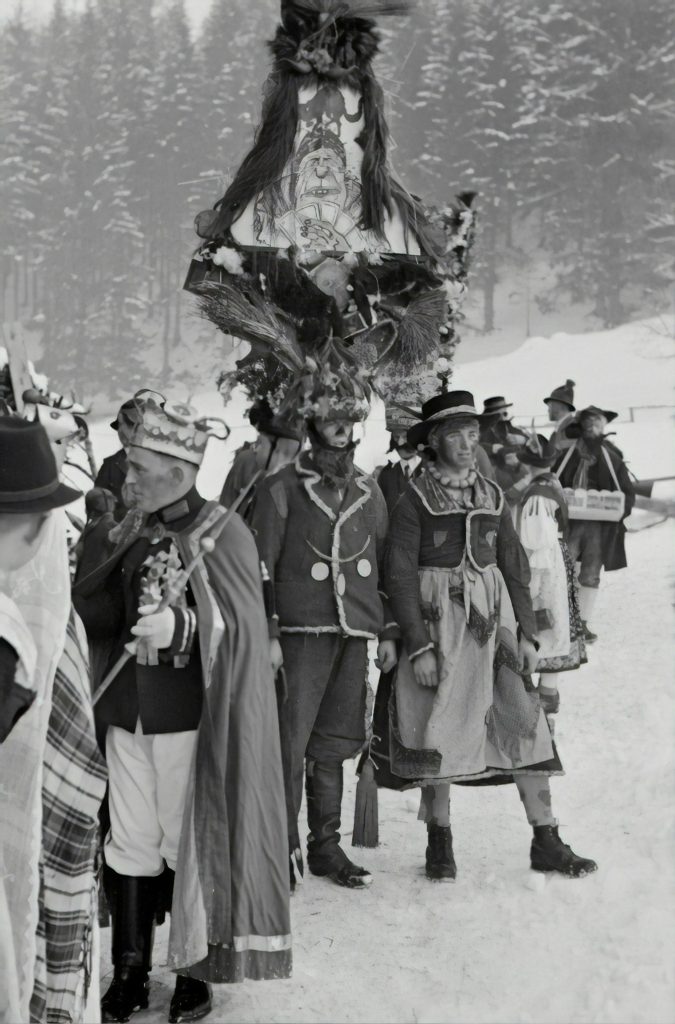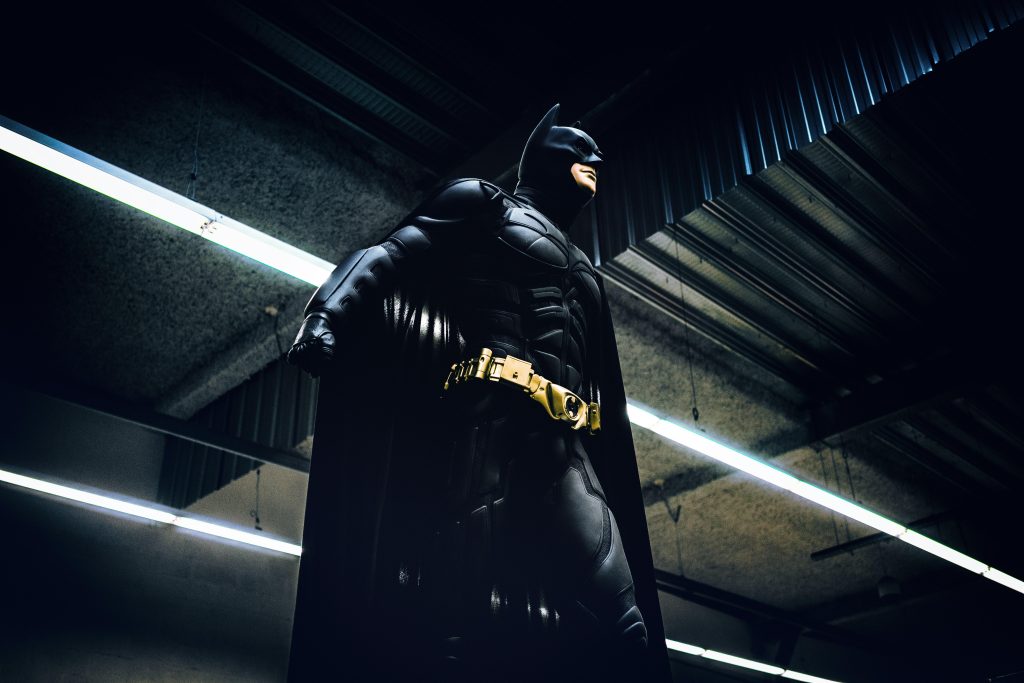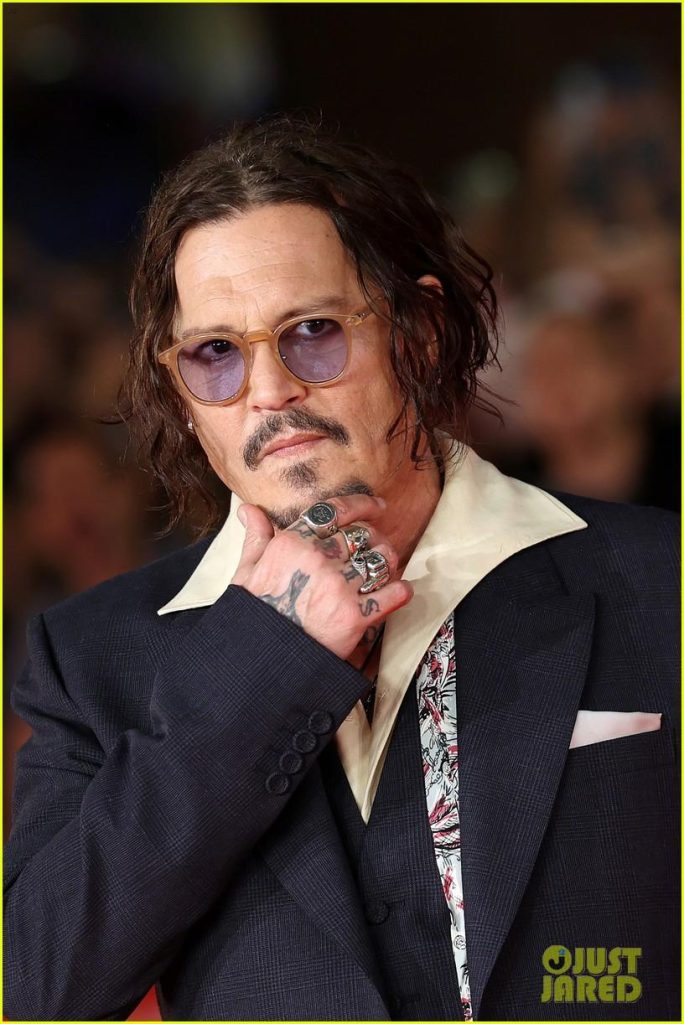In the ever-evolving world of cinema, where digital effects and high-octane spectacles often dominate the screen, the echoes of classic films continue to resonate, shaping the narratives and aesthetics of today’s blockbusters. These timeless masterpieces, crafted in an era when storytelling was king and innovation was born out of necessity, laid the groundwork for the cinematic marvels we enjoy today. As we delve into the lineage of modern cinema, we uncover the profound influence of these classic films, whose pioneering techniques and unforgettable narratives have transcended time, inspiring directors and captivating audiences anew. Join us as we explore the enduring legacy of these cinematic trailblazers and their indelible impact on the films that now define our cultural zeitgeist.
Unveiling Cinematic Echoes: Tracing the Roots of Modern Blockbusters
In the grand tapestry of cinema, certain classic films have served as the creative backbone for today’s blockbuster giants. These pioneering works laid the groundwork for narrative techniques, visual styles, and thematic depth that continue to echo through modern filmmaking. Here are a few timeless classics that have left an indelible mark on the movies of today:
- Star Wars (1977) – George Lucas’ space opera not only redefined the sci-fi genre but also set the template for the epic saga format, inspiring countless franchises with its blend of mythological storytelling and groundbreaking special effects.
- Jaws (1975) – Often regarded as the first summer blockbuster, Steven Spielberg’s suspenseful thriller introduced the concept of the high-stakes, high-reward spectacle that studios now eagerly pursue each season.
- The Godfather (1972) – Francis Ford Coppola’s masterpiece of crime drama has influenced countless narratives with its intricate character development and exploration of moral ambiguity, shaping how filmmakers approach complex storytelling.
- Metropolis (1927) – Fritz Lang’s visionary sci-fi film laid the foundation for dystopian futures and elaborate set designs, which are still prevalent in today’s cinematic landscapes, from “Blade Runner” to “The Matrix.”
These classic films are more than just milestones in cinematic history; they are the echoes that continue to resonate within the hearts and minds of filmmakers and audiences alike. Their influence is a testament to the timeless nature of storytelling and the perpetual evolution of the art form.

From Silver Screen to CGI: How Classic Techniques Shape Todays Hits
In the realm of cinema, the journey from classic films to today’s CGI-laden blockbusters is a testament to the enduring power of timeless techniques. While digital technology has transformed the visual storytelling landscape, many of the foundational elements that captivate audiences have their roots in classic filmmaking. Directors today often draw inspiration from the masters of yesteryear, seamlessly blending the old with the new to create something truly spectacular. Here are some ways classic techniques continue to influence modern hits:
- Practical Effects: Before the age of computers, filmmakers relied on practical effects to bring their visions to life. This approach is still cherished today, as seen in the use of miniatures and live-action stunts in movies like “Inception” and “Mad Max: Fury Road.”
- Storyboarding: A technique used by Alfred Hitchcock and Walt Disney, storyboarding remains a crucial part of pre-production, helping directors visualize complex sequences and maintain narrative coherence.
- Lighting and Shadows: The dramatic chiaroscuro lighting of film noir continues to influence modern cinematography, creating mood and tension in films such as “Blade Runner 2049” and “The Dark Knight.”
- Non-linear Storytelling: Classics like “Citizen Kane” paved the way for contemporary filmmakers to experiment with narrative structure, inspiring hits like “Pulp Fiction” and “Memento.”
While technology advances at a breakneck pace, the heart of great filmmaking remains rooted in the techniques of the past. These classic methods not only inform but also enhance the cutting-edge visual effects and storytelling methods of today, ensuring that the magic of cinema continues to captivate audiences worldwide.

Timeless Narratives: Lessons Modern Directors Learned from the Past
In the realm of cinema, the echoes of the past resonate profoundly, guiding modern directors in crafting stories that captivate today’s audiences. Classic films have served as the bedrock for contemporary blockbusters, offering timeless storytelling techniques and visual innovation. “Citizen Kane”, for instance, with its groundbreaking narrative structure and use of deep focus cinematography, continues to inspire directors striving to push the boundaries of visual storytelling. Similarly, “The Godfather”‘s intricate character development and moral complexity have become a blueprint for filmmakers looking to weave layered narratives that resonate on a personal and societal level.
- Visual Innovation: The use of groundbreaking cinematography and special effects in classics like “2001: A Space Odyssey” set the stage for modern visual spectacles.
- Character Complexity: Films such as “Casablanca” and “Lawrence of Arabia” showcase character arcs that delve into human emotion and conflict, influencing today’s character-driven plots.
- Narrative Structure: The non-linear storytelling in “Pulp Fiction” draws inspiration from earlier classics that dared to deviate from traditional narrative forms.
By embracing the lessons from these timeless narratives, modern directors not only pay homage to the cinematic giants of the past but also forge new paths that continue to evolve the art of filmmaking. Each frame becomes a dialogue between the past and the present, inviting audiences to explore the depths of human experience through the lens of both history and innovation.

Must-Watch Classics: Films That Paved the Way for Todays Mega Hits
Many of today’s blockbuster hits owe a great deal to the timeless masterpieces that laid the groundwork for their success. These classic films have inspired countless directors and producers, providing a foundation upon which modern storytelling and cinematic techniques have been built. From groundbreaking special effects to innovative narrative structures, these films have left an indelible mark on the industry.
- Metropolis (1927): This silent film by Fritz Lang is often credited with pioneering the science fiction genre, influencing modern epics like “Blade Runner” and “The Matrix” with its dystopian themes and stunning visuals.
- Citizen Kane (1941): Orson Welles’ magnum opus introduced revolutionary cinematography techniques, such as deep focus and nonlinear storytelling, which continue to shape films like “Inception” and “Memento.”
- Seven Samurai (1954): Akira Kurosawa’s epic tale of heroism and sacrifice has inspired countless action films, including “The Magnificent Seven” and “Star Wars,” with its compelling characters and dynamic battle sequences.
By examining these influential classics, one can gain a deeper appreciation for the artistry and innovation that continue to drive the film industry forward. Their enduring impact is a testament to the power of cinema to transcend time and culture.









